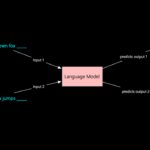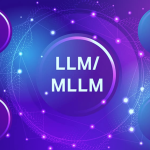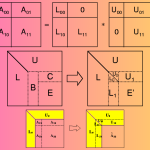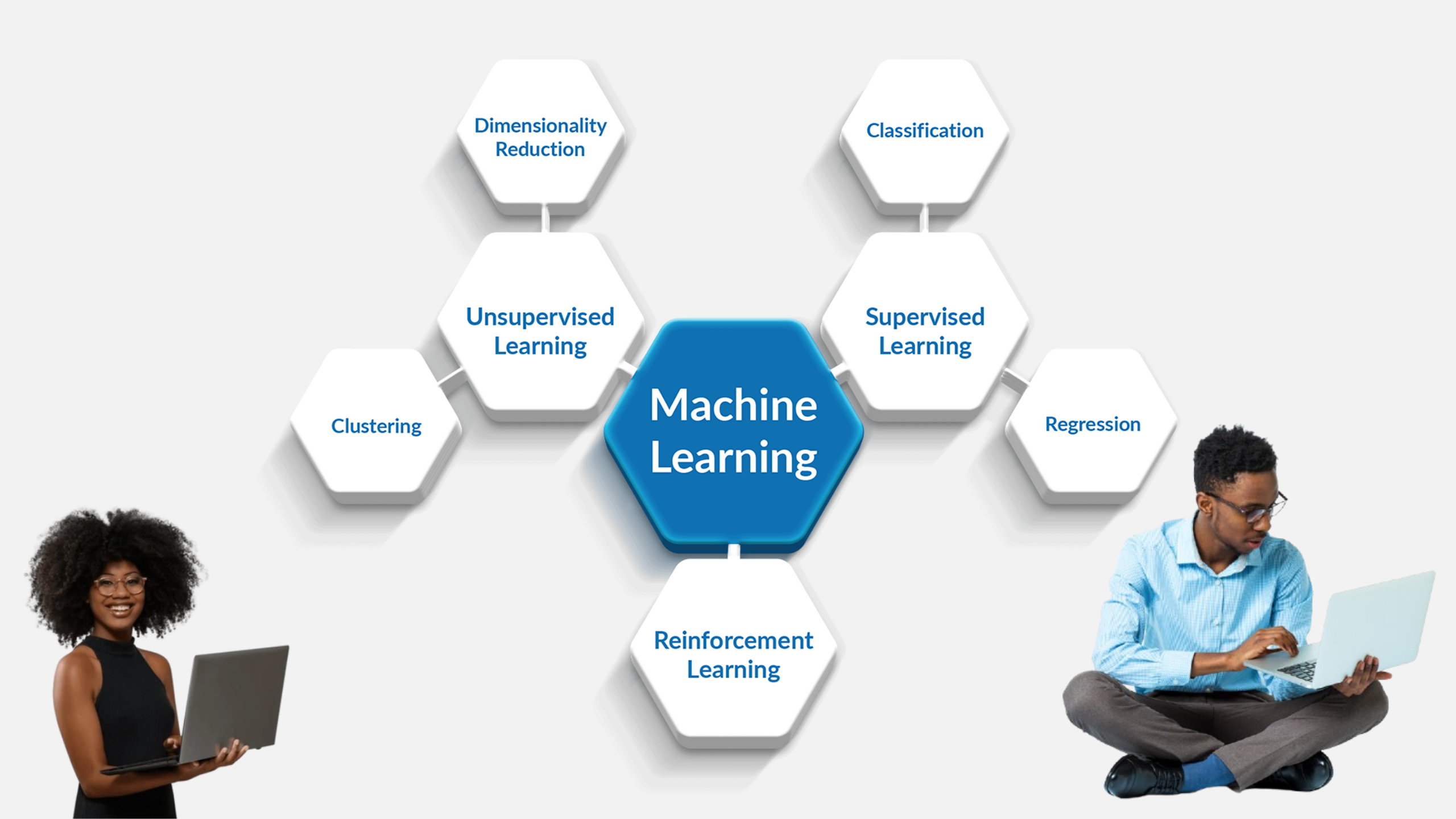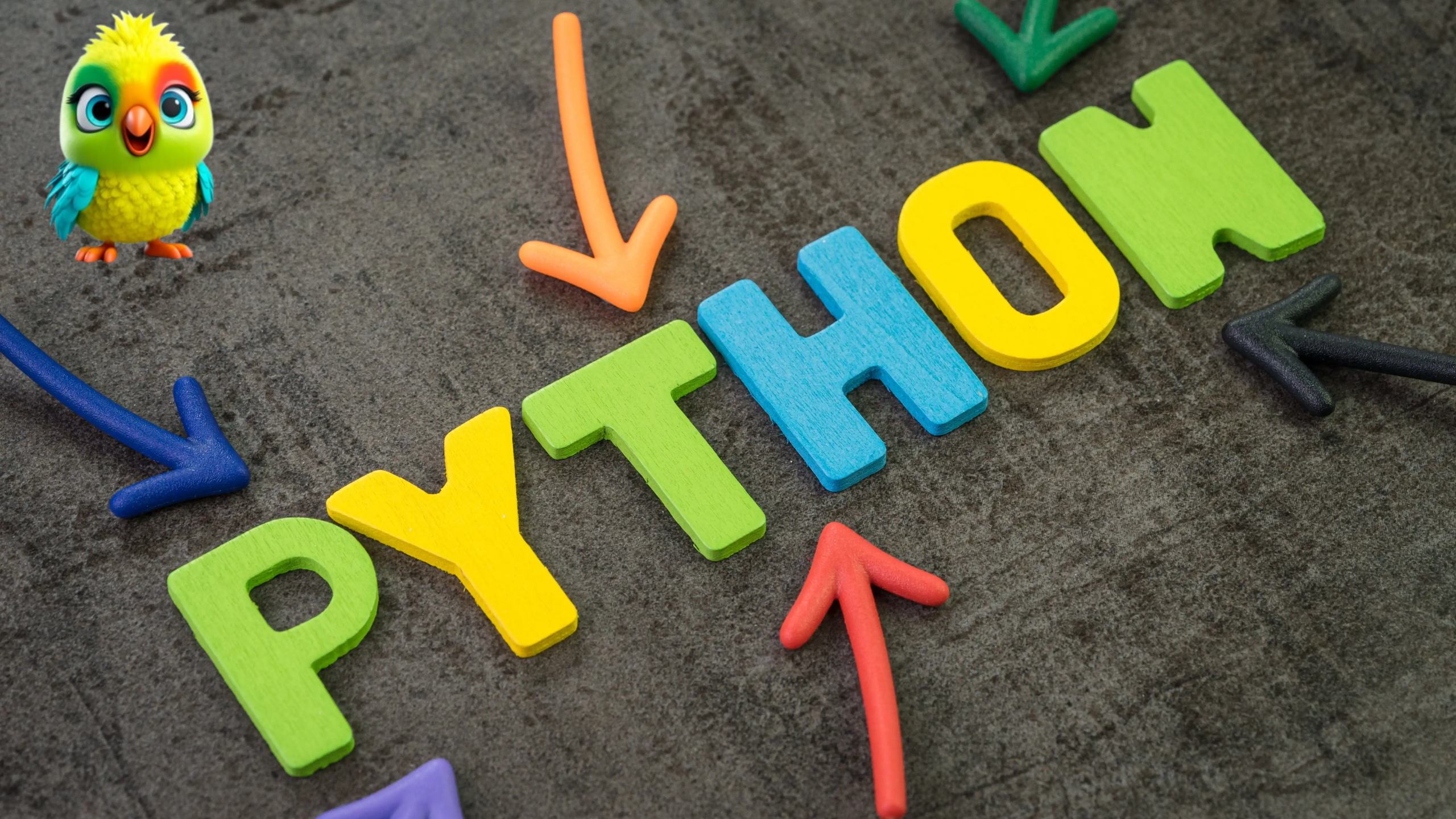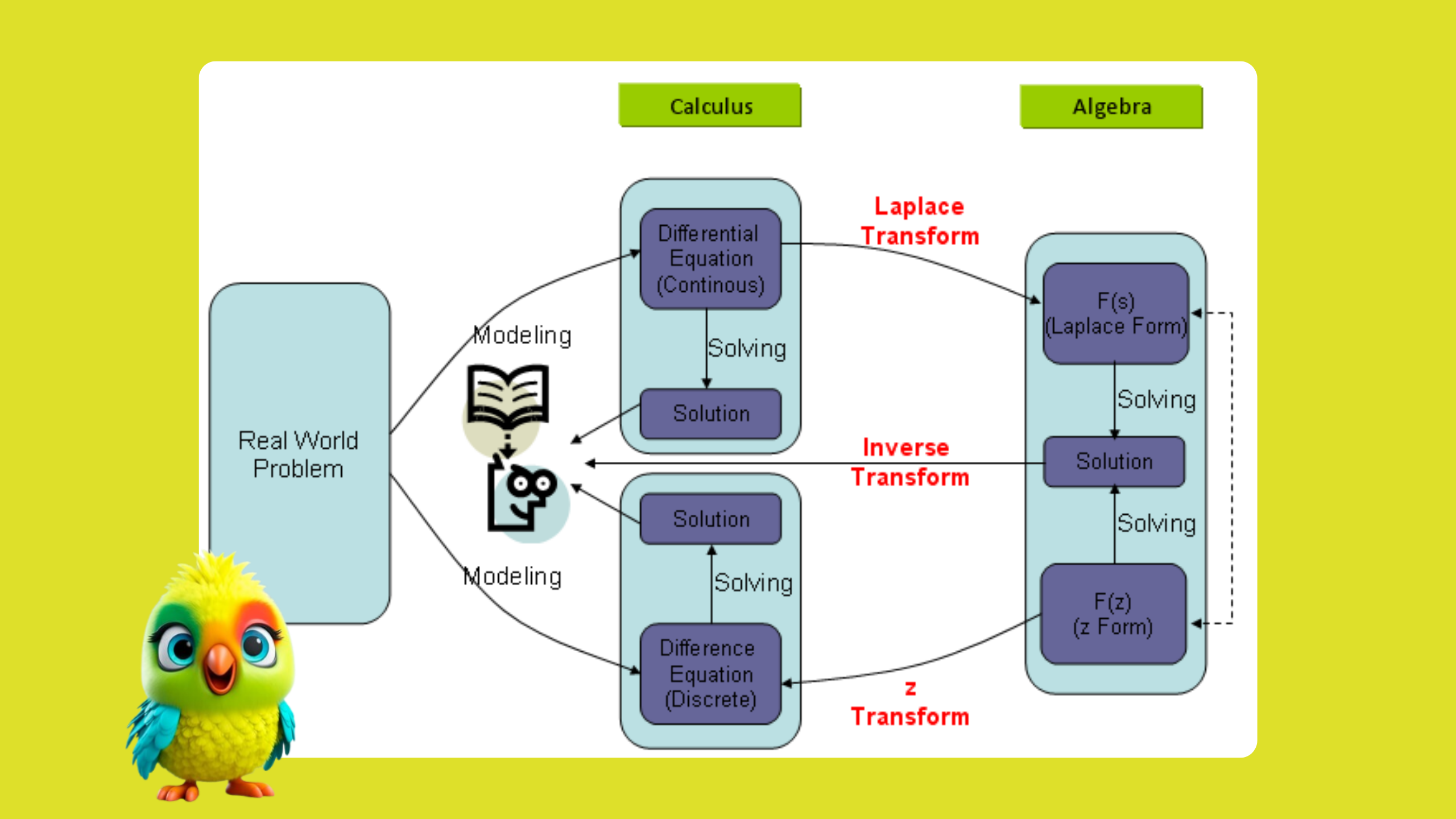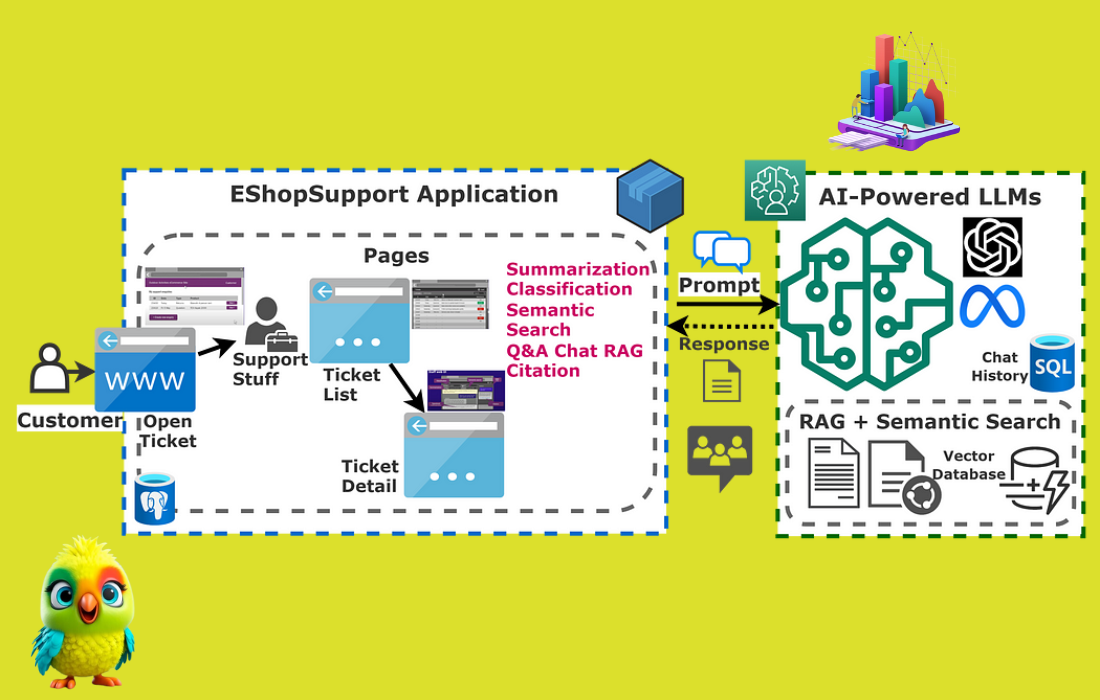Machine Learning (ML) is a subset of artificial intelligence (AI) that enables systems to learn from data and improve over time without explicit programming. ML algorithms are broadly categorized into different types based on their learning approach and application. Understanding these types is crucial for selecting the right model for your problem.
In this blog, we’ll explore the main types of machine learning, their applications, and key algorithms.
1. Supervised Learning
Supervised learning involves training a model on a labeled dataset, where the input data is paired with the correct output. The model learns to map inputs to outputs and can make predictions on unseen data.
Key Algorithms:
-
Linear Regression (for continuous output)
-
Logistic Regression (for binary classification)
-
Decision Trees & Random Forest (for classification & regression)
-
Support Vector Machines (SVM) (for classification tasks)
-
Neural Networks (for complex pattern recognition)
Applications:
-
Spam detection in emails
-
Credit scoring
-
Weather forecasting
-
Medical diagnosis
2. Unsupervised Learning
Unsupervised learning deals with unlabeled data, where the model identifies hidden patterns or structures without predefined outputs.
Key Algorithms:
-
K-Means Clustering (grouping similar data points)
-
Hierarchical Clustering (tree-based clustering)
-
Principal Component Analysis (PCA) (dimensionality reduction)
-
Apriori Algorithm (association rule learning)
Applications:
-
Customer segmentation in marketing
-
Anomaly detection in fraud prevention
-
Recommendation systems (e.g., Netflix, Amazon)
3. Reinforcement Learning (RL)
Reinforcement learning involves an agent learning to make decisions by interacting with an environment and receiving rewards or penalties.
Key Algorithms:
-
Q-Learning
-
Deep Q Networks (DQN)
-
Policy Gradient Methods
Applications:
-
Game AI (e.g., AlphaGo)
-
Robotics & autonomous vehicles
-
Stock trading algorithms
4. Semi-Supervised Learning
A hybrid approach that uses both labeled and unlabeled data, often useful when labeled data is scarce.
Applications:
-
Speech recognition
-
Text classification
5. Deep Learning (Subset of ML)
Deep learning uses neural networks with multiple layers (deep neural networks) to model complex patterns in large datasets.
Key Models:
-
Convolutional Neural Networks (CNNs) (for image processing)
-
Recurrent Neural Networks (RNNs) (for sequential data like text/speech)
-
Transformers (for NLP tasks like ChatGPT)
Applications:
-
Image & video recognition
-
Natural Language Processing (NLP)
-
Autonomous driving
Conclusion
Machine learning is a vast field with diverse approaches to solving real-world problems. Choosing the right type depends on the nature of your data and the problem you’re trying to solve.
-
Supervised Learning → Best for labeled data with clear outcomes.
-
Unsupervised Learning → Ideal for exploratory data analysis.
-
Reinforcement Learning → Suited for decision-making in dynamic environments.
-
Deep Learning → Powerful for large-scale, complex datasets.
As AI continues to evolve, new hybrid and advanced learning methods will emerge, further expanding the possibilities of machine learning.
Further Reading







